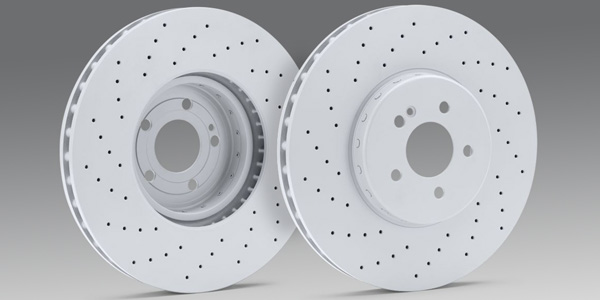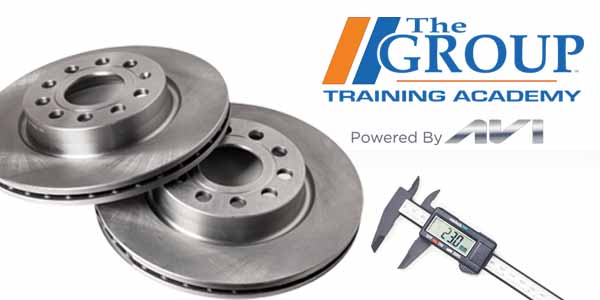
Continental Commercial Vehicles & Aftermarket recently introduced a new high-performance disc-brake rotor for popular Mercedes-Benz applications.
The new ATE rotor features an improved version of the same two-piece pot and friction-ring construction as the original, patented two-piece Mercedes-Benz design. It meets OE specifications for fit, form and function, and is officially certified as a direct replacement for front axle rotors on Mercedes-AMG C43 and E43, as well as CLS and GLC models of higher-performing classes, according to the company.
ATE replacement rotor applications also are available for popular E-Class models.
To help make installation easier, the ATE two-piece Mercedes-Benz rotor comes with a plastic screw to avoid over-torque and a smaller fixing hole that helps secure the rotor in place while it is being installed.
“Continental is first to market and the only aftermarket supplier of a high-quality, direct OE replacement for the two-piece Mercedes-Benz disc-brake rotor for high-performance Mercedes-Benz applications,” said Dan Caciolo, head of product management for Continental Independent Aftermarket Powertrain & Brake Systems. “Our ATE rotor also meets ECE Regulation 90, a strict testing protocol required for replacement brake parts.”
ATE is an aftermarket brand of Continental Corp.







